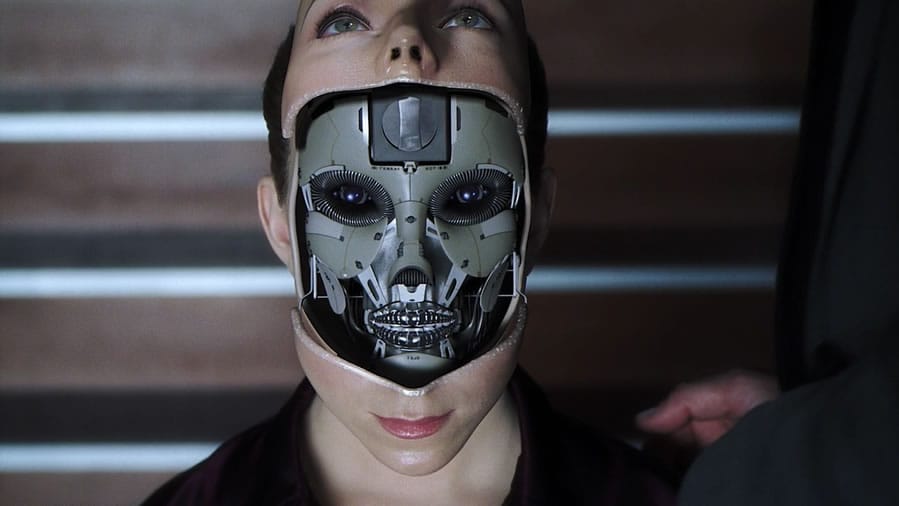
Artificial Intelligence Essay
Artificial intelligence is now a “hot spot” of scientific research. The main efforts of great cybernetics, psychologists, mathematicians, engineers and other specialists, scientists are concentrated at this spot. Here scientists are solving many fundamental questions related to the development paths of scientific thought, and to the impact of these developments in robotics as well as computing for the life of future generations. Here scientists create new methods of scientific interdisciplinary research. Here, a new perspective on the role of certain scientific results is formed and here appears philosophical understanding of these results.
Artificial intelligence is one of the latest sciences that emerged in the second half of the 20th century on the basis of computer technology, mathematical logic, programming, psychology, linguistics, neuroscience and other disciplines. Artificial intelligence is an example of interdisciplinary research, where it joins the professional interests of workers in various fields. The name of the new science emerged in the late 60’s, and in 1969 in Washington, the first World Conference on Artificial Intelligence was held (Min 2010).
Artificial Intelligence (AI) is a science and technology for development of intelligent machines, especially intelligent computer programs. John McCarthy believes that AI is associated with a similar task of using computers to understand human intelligence, but not necessarily limited to biologically plausible methods (Negnevitsky 2005). Explaining his definition, John McCarthy points out: “The problem is that we still can’t generally determine what computational procedures we want to call intelligent. We understand some of the mechanisms of intelligence and we do not understand the rest. Therefore, under the intelligence within that science we mean only the computational component of the ability to achieve goals» (Negnevitsky 2005). The term has been introduced by John McCarthy in 1956 at a conference at Dartmouth University, and still despite the criticism of those who believe that intelligence is just a biological phenomenon, in scientific circles the term has retained its original meaning, despite the obvious contradictions in terms of human intelligence.
Pavel Prudkov argues that science called “Artificial Intelligence” is a part of computer sciences, and technologies created on its bases are a part of information technologies. The objective of this science is to recreate intelligent reasoning and action with the help of computer systems and other artificial devices (Prudkov 2010).
With the help of achievements in artificial intelligence, a large number of scientific developments have been created to simplify the lives of people. Speech or scanned text recognition, the solution of computationally complex problems in a short time, and much more – all these is possible thanks to the development of artificial intelligence.
Replacement of a human expert with artificial intelligence systems, in particular expert systems, of course, where it is permissible, can significantly speed up and cheapen the production process. Artificial intelligence systems are always objective and their results do not depend on the mood and number of other subjective factors that are inherent in man. Kyle Jennings points out that despite all this, you should not feed the illusion and the doubtful hope that in the near future, human labor can be replaced with the work of artificial intelligence. Experience shows that to date, artificial intelligence systems achieve the best results when functioning together with the man. After all, people, as opposed to artificial intelligence, are able to think unconventionally and creatively, which allows them to develop and make progress throughout time (Jennings 2010).
Artificial Intelligence can be defined as an ability of a computer or network of neuron elements to respond to the information received from its input devices, almost the same a person would react at the same information conditions. Machine and the simulated person equally in their results recognize the images and situations, solve word games and other tasks, take the same decisions in conflict situations, in short, they show the same results of thinking. Stuart Jonathan Russell thinks that if the machine has enough range of flexible input devices, the machine and the person commit the same motion, which generally leads to the same results in the behavior (Russell 2010). Ideally, the emotional coloration of the results of thinking and behavior of the machine model and human – object of modeling – should be the same. The widespread usage of artificial intelligence creates the preconditions for the transition to a qualitatively new stage of progress, gives impetus to a new round of industrial automation, and thus improves productivity.

